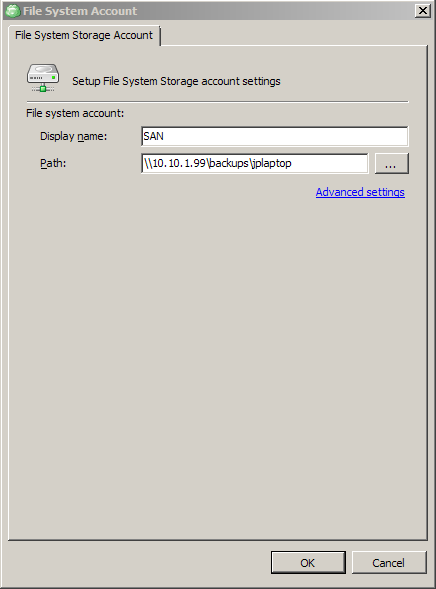
- #Cloudberry backup job move different paths how to
- #Cloudberry backup job move different paths install
- #Cloudberry backup job move different paths windows
Is there a way to suppress the warnings I am seeing? Otherwise, I basically get notification after each backup which tends to me just skipping the notification which could lead to me missing a notification I actually care about. It seems however that when the backup plan is created Clourberry traverses the folder structure and records all the folders/files and then attempts to backup each of them from the saved list.I believe it does pickup new folders and files but it does not seem to handle removed folders/files well (IMO). I was expecting Cloudberry to get the list of folders/files to backup at runtime and just back them up. Sub-folders and files can be added or removed. In my case (and I assume for others as well) the folder structure under the folder I am selecting to backup can change.

The problem is that I want to suppress these warnings. The reason for the warning seems to be because a folder/file that was there when the backup plan was created in no longer there. Operating system error 5: “5(Access is denied.)”.This has been an issue plaguing me for a while but I finally decided to try and find the answer.Ī couple of my backup plans always receive this warning "One or more backup paths don't exist". Unable to open the physical file “E:\New_location\AdventureWorks2014_Data.mdf”. just go ahead and run the CloudBerry Restore Wizard to recover your system.
#Cloudberry backup job move different paths install
Otherwise, the following error will appears: Download and install another copy of CloudBerry Backup on a new computer. Important note: Make sure that SQL Server can access the specified location. This means to simply cut mentioned files from the existing location and to move them to a newly specified one.

Run the following SQL script to set a new location for SQL database files:.Moving database files to another location The above mentioned format does not need to be necessarily used, so make sure you are targeting correct files. By default, these names are in the following format: Before the first step, make sure to locate the appropriate MDF and LDF files for a database you want to work with. Ensure all mission-critical VMs are protected with valid backups and replicas. Get an at-a-glance view of your backup infrastructure and jobs. Monitor your backup infrastructure directly from the vSphere Web Client. Also, any existing connections to a database must be closed. Veeam Explorer for Microsoft SharePoint provides built-in e-discovery and quick restore of individual SharePoint items. Actifio GO is a Google backup and disaster recovery SaaS offering.
#Cloudberry backup job move different paths windows
In case a database is being used by any Windows services or other resources, these must be stopped in order to allow altering SQL database files. Google Cloud provides data protection offerings aligned to your business needs. We’ll use a sample AdventureWorks database in this case.

DataSync can copy data between Network File System (NFS) shares, Server Message Block (SMB) shares, Hadoop Distributed.
#Cloudberry backup job move different paths how to
Let’s see how to move database files to another location. A: AWS DataSync is an online data transfer service that simplifies, automates, and accelerates copying large amounts of data between on-premises storage systems and AWS Storage services, as well as between AWS Storage services. However, what if a SQL database is a production one or it is being constantly used by the specific application? This means that when it comes to the point of a low disk space, there should be a way to move database files (MDF and LDF) to another drive (with sufficient disk space) while the actual database will still be hosted by the same SQL Server instance. By default, SQL Server stores database files in its installation folder, specifically in the Data folder: How often you got to the point that for any reason you don’t have enough space on the specific drive to host a database? In case of database development or other tasks outside the production environment, this should not be a problem as a database can be eventually re-created, restored from a backup and set to be hosted on another location.


 0 kommentar(er)
0 kommentar(er)
